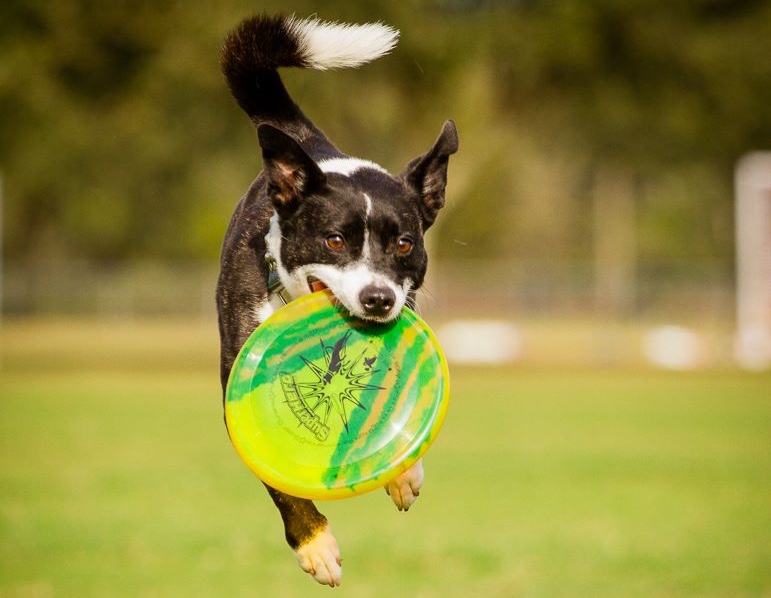


You must be logged in to post a comment.
Please confirm you want to block this member.
You will no longer be able to:
Please note: This action will also remove this member from your connections and send a report to the site admin. Please allow a few minutes for this process to complete.
Great! Right off the top I found a major hole in my leaping catch training – I have been rewarding my dog for rushing me!! I definitely need to split out and train collection more- my koolie struggles with it in agility too!
Here are some of the notes I made while reading with “editor” glasses lol:
Could you Explain bfp earlier when 1st use it
Typo under second comic strip- misspelt throw
I think a diagram or such on interception point would be helpful for newbies like me, under the collection section
Under reward placement – repeat what you should do in addition to what you shouldn’t (reps of low for eg)
Any tips for teaching the dog to land well that could be linked to here?
Now I need to go make a list of what to work on based onnthis!
Thanks for the comment and editing heads up, Helen. Will get the typos fixed.
BFP is explained in the first piece of this series, Leaping Concepts. Please take a look at it and let me know how they go together. I tried to lay things out there and then expand upon them here in this piece. I agree with the interception illustration, don’t have one handy and don’t have a computer. I’m writing on a tablet right now.
Glad that point about being rushed resonated with you. It should resonate with many people.
Thanks again, and keep those editor’s glasses handy.
Peace~
That’s great.
Distance on the Reward Placement is forthcoming – either in the “Leaping Forms”, which is next on the outline or in some kind of “Leaping Mechanics” section. Lots of stuff needs to be tied up from these two pieces.
It’s too big a package to allude to here without unpacking. I’ll answer it soon. Happy you have the question and the vision and focus to ask it.
Alright… Also added a link to the first piece (Leaping Concepts) and BFP explanation there. Hope that works.